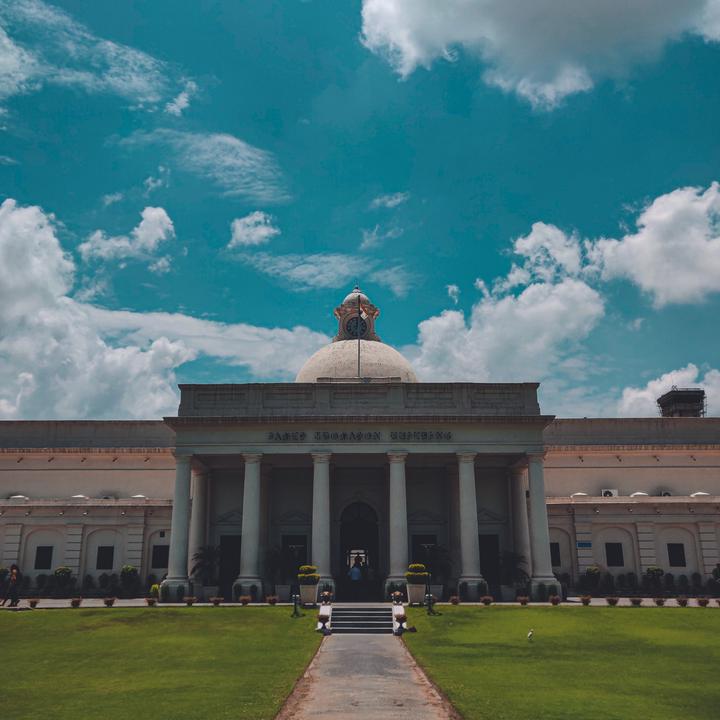 Photo by Ayaneshu Bhardwaj on unsplash.com
Photo by Ayaneshu Bhardwaj on unsplash.comHigher education has expanded rapidly in many contexts, alongside hopes for a more vibrant economy and equal society. Yet in many places this expansion is building on very unequal foundations. How do long-standing inequalities shift after periods of expansion? How can we measure important elements of individual social status when social measures (occupation, income, education) are in flux? This study uses a multidimensional, inductive approach to address higher education pathways, specifically in engineering universities in India. Findings draw on a survey I conducted in 2019 of ~9,000 current engineering students across India.
I find that the early life experiences (“social origins”) of engineering university students are more diverse than uni-dimensional approaches would suggest. Using latent class analysis, I identify five distinct subgroups of students socio-economic origins, with distinct combinations of parents’ education, occupation, and assets. Over half the students in my sample come from backgrounds of mixed advantage and disadvantage. These students are not a few brilliant or lucky outliers, nor are they easily dismissed as a measurement anomaly.
Secondly, I find that these socio-economic social origin subgroups meaningfully intersect with other important individual traits: gender, caste, and rural/urban teenage location.Low caste and rural individuals are particularly underrepresented in engineering institutions relative to their proportion of the age cohort. Students from lower caste and rural backgrounds are far more likely to belong to more disadvantaged subgroups, and students in more disadvantaged socio-economic subgroups are more rural and low caste.
However, the relevant inequalities shift when considering access to top tier engineering institutions. Among current engineering students, coming from more socio-economic advantaged families is positively associated with being in a top tier. A higher proportion of groups eligible for affirmative action, and a lower proportion of women, regardless of socio-economic origins, attend top tier institutions. This divergent pattern suggests different attainment processes, and that enrollment policies may provide some narrow support for expanding opportunity.
In many places experiencing rapid educational expansion, prior assumptions about the elite nature of higher education may no longer be true. Even in places with lacking primary and secondary school systems, many students with intersectional disadvantages still make it to higher education. In addition to building capacity, policy supports and future research should consider how higher education pathways can better serve these students, including access to resources and information, barriers to higher quality institutions, regulations of program quality, and post collegiate outcomes.